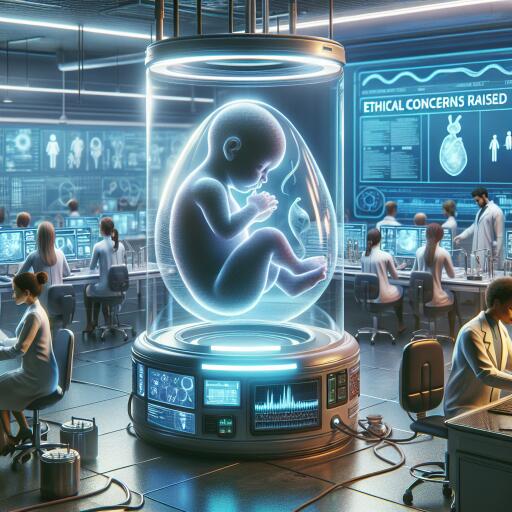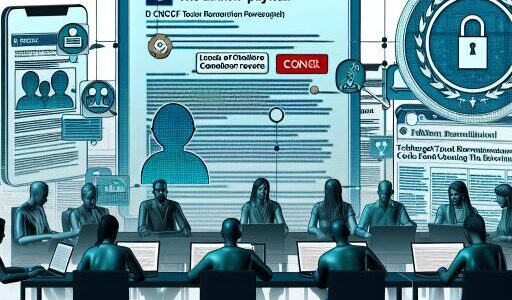Exploring the Frontier of Artificial Wombs: Ethical Debates and Scientific Progress
The quest for scientific breakthroughs has led researchers to explore the realms of artificial wombs, spurred by declining birth rates and a rise in infertility. Humanity’s traditional mode of reproduction, which once began with a simple act between a man and a woman, is now facing the potential for a radical transformation. The emergence of lab-grown babies could redefine societal roles, challenge ethical boundaries, and present a novel solution to global demographic concerns.
Infertility is becoming more prevalent, with male infertility rates increasing by approximately 1% annually. This distressing trend suggests that by the year 2045, the majority of couples may require assistance to conceive, illuminating the urgent need for alternative reproductive solutions.
In the vanguard of this pioneering research are scientists devoted to developing embryos outside the natural womb, aiming to nurture them within artificial environments. This ambitious endeavor has captured the interest of influential figures such as Tesla CEO Elon Musk and Ethereum co-founder Vitalik Buterin, who recognize the potential of artificial wombs in addressing looming population crises.
The concept of an artificial womb transcends mere scientific curiosity; it represents a beacon of hope for approximately 13% of women who yearn for motherhood without the physical demands of pregnancy. Furthermore, with male infertility on the rise, these technological forays could provide critical reproductive assistance to countless individuals.
Internationally, efforts are underway to refine this technology, with research teams testing the boundaries of bioengineering and artificial intelligence. In China, for example, advances involve AI systems designed to replicate the nurturing conditions of a natural womb, monitoring and adjusting levels of essential nutrients and gases to support embryo development. Such endeavors, however, are met with both excitement and skepticism, given the nascent stage of the technology and its limited application to human embryos.
At the Weizmann Institute of Science in Rehovot, Israel, research into artificial wombs has taken a novel approach by experimenting with mouse embryos. These studies aim to create chimeric models by injecting human cells into animal embryos to better understand human embryonic development outside the natural womb environment. Despite reaching significant milestones, such as extending embryo viability in artificial conditions, scientists confront hurdles related to growth limitations and the risk of infection over prolonged developmental periods.
Although the potential for artificial human wombs seems distant, with estimates suggesting a timeframe of fifty years or more, the ethical landscape surrounding this technology is evolving. Recent shifts in regulatory and ethical guidelines reflect a growing willingness to explore these frontiers, with the International Society for Stem Cell Research revising rules to allow extended culturing of human embryos beyond previous limits. Such changes indicate an acknowledgment of the necessity and inevitability of further experimentation in this field.
The looming threat of a demographic imbalance has prompted urgent discussions within the scientific community and beyond. The frightening prospect of societies becoming ‘upside-down pyramids’ due to declining birth rates necessitates innovative approaches to sustain population levels. Herein lies the dual path we face: venture into a possibly dystopian future reminiscent of speculative fiction, or harness science to secure a viable demographic future.
While skepticism remains regarding the timeline and feasibility of artificial wombs, the consensus underscores a pressing need for accelerated research and dialogue. As we stand on the brink of a reproductive revolution, the conversation must extend to all societal sectors to prepare for the ethical, moral, and social implications of birthing a new era in human reproduction.









